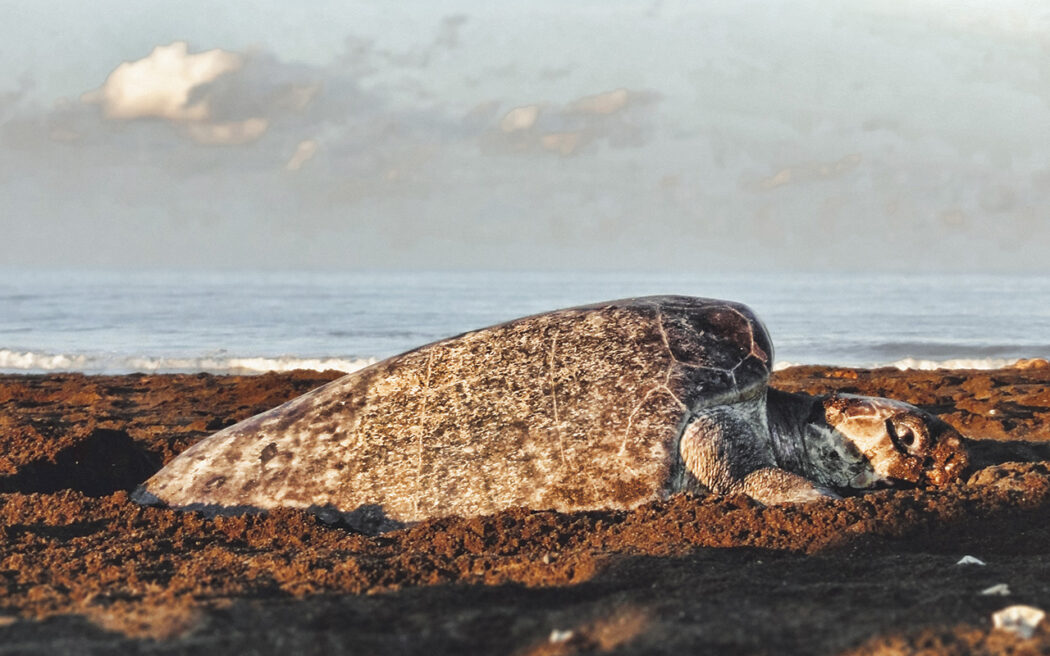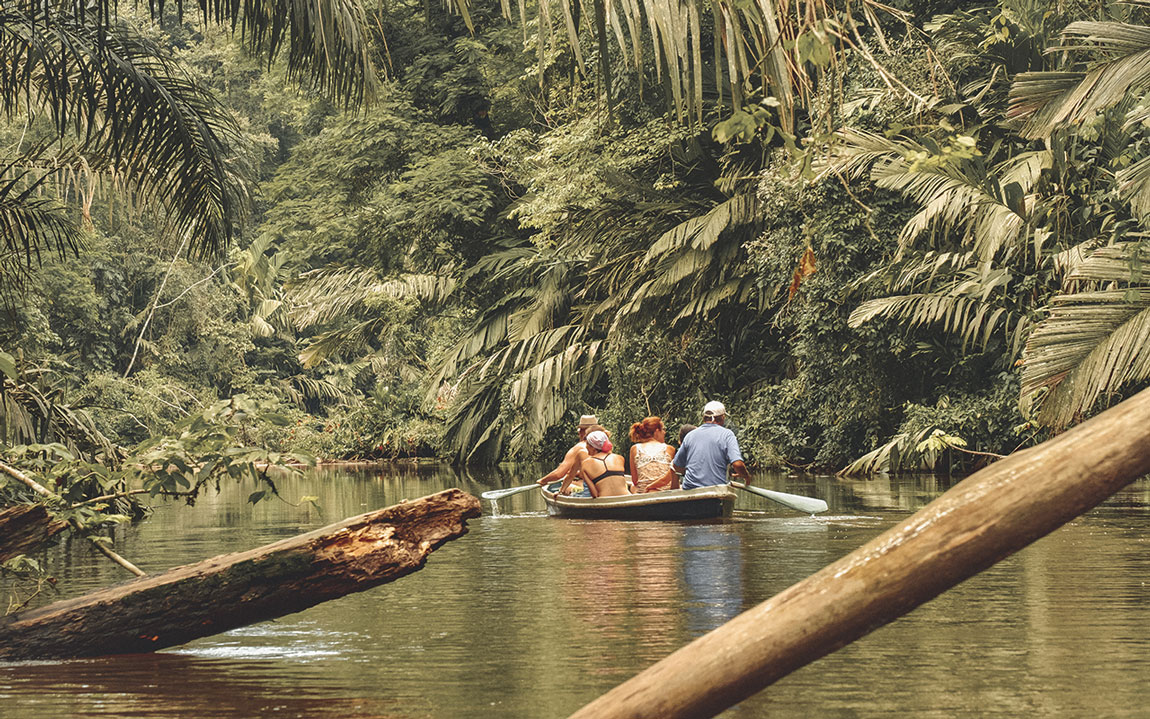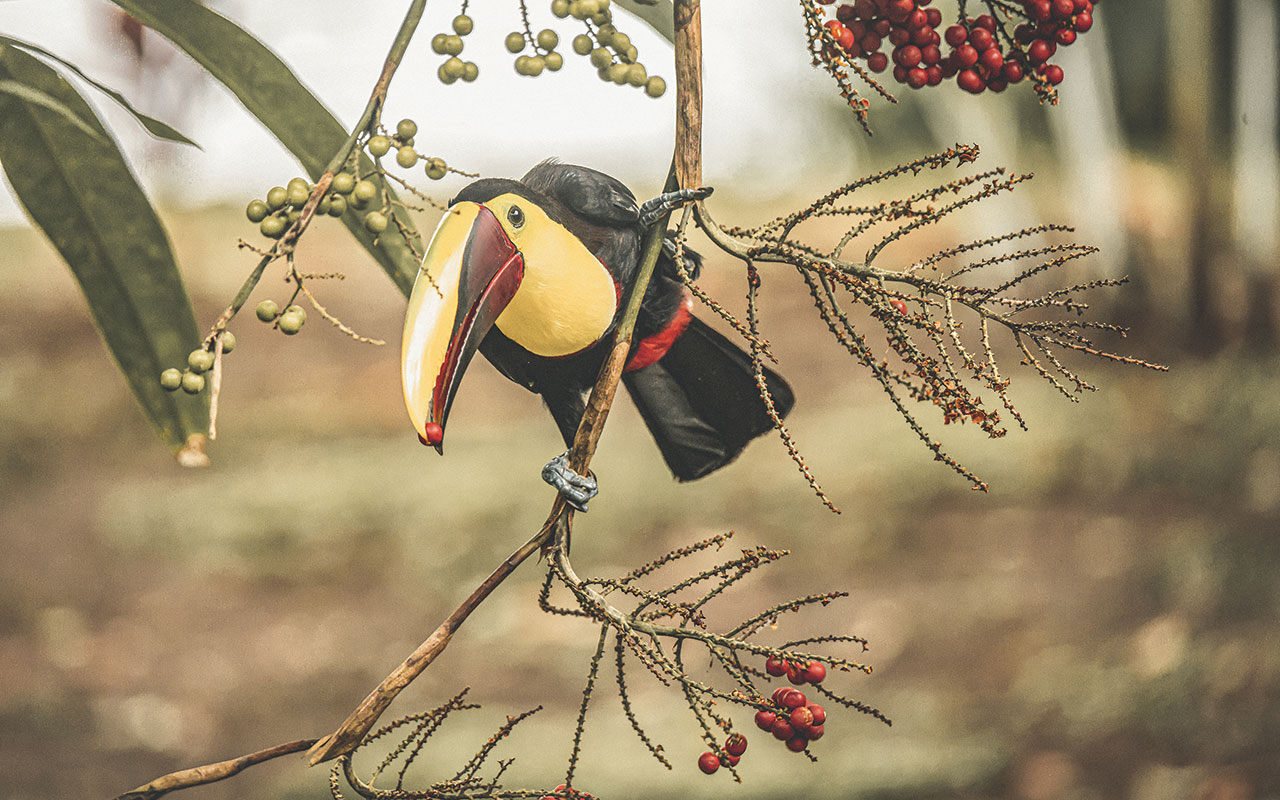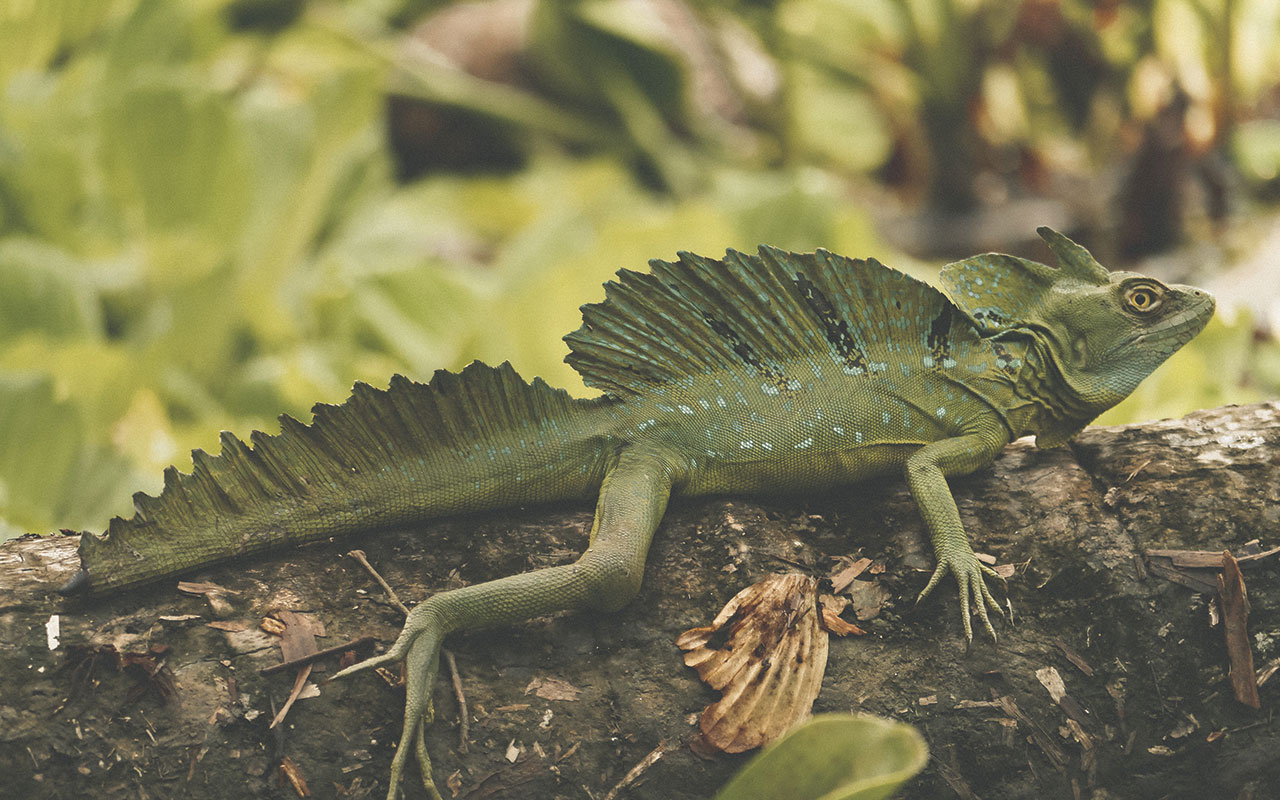Ecotourism, turtles and how to be a good guest
By Rachel Plunkett
As the waves lap up on the sandy beach with the full moon above, you crouch down quietly watching as a big ol’ mama green sea turtle digs a hole in the sand to lay somewhere around 110 eggs. In about two months, those eggs will hatch, and the babies will make their way toward the ocean, but only a small fraction of them will survive to adulthood.
Costa Rica may be a small country, but fewer places on the planet have more nature, adventure and conservation to offer. National parks, wildlife reserves and protected areas take up 25 percent of the national territory, and Costa Ricans are people who really live in harmony with nature and embrace “pura vida” (a pure, simple life). The tropical rainforests, mountain ranges, wetlands, remote beaches and lush ocean waters make the country a magnet for travelers who love wild places and wild things.
Maybe you’ve heard of ecotourism before, but aren’t 100 percent sure what it means, so let’s break it down. Ecotourism is responsible travel to natural areas that involves conserving the environment and improving the well-being of local communities. It’s a way of giving back while you travel while treading lightly on the environment and respecting the cultural heritage of the destination.
Costa Rica is a pioneer in ecotourism—having once profited off of logging, agriculture and killing wildlife like sea turtles for meat, the country now largely supports conservation and protecting wildlife and wild spaces that attract tourists from around the world.
In 1959, the sea turtle population in Costa Rica would have been wiped off the planet if something didn’t change. A man named Dr. Archie Carr started a sea turtle monitoring program that year, and later on, in 1975, Costa Rica established its very first national park—Parque Nacional Tortuguero (Tortuguero National Park—tortuguero means a place turtles live). “This was a momentous change because people here went from harvesting sea turtles for their own consumption and for profit, to making money off of tourism and protecting the turtles so that people from around the world could come see them,” says David Godfrey, executive director of the Sea Turtle Conservancy.
Ecotourism is what saved the Tortuguero sea turtle population, and it really was the spark that lit a chain reaction for establishing other wildlife conservation projects across the country that support the local economy, such as sloth conservation. And c’mon, who doesn’t love sloths? Today, most people in Costa Rica make their living off of tourism, and responsible ecotourism is a $3.8 billion industry offering opportunities for those hoping to make a positive impact during their visit.
Honestly, if I were a wild animal, I’d want to live in Costa Rica…
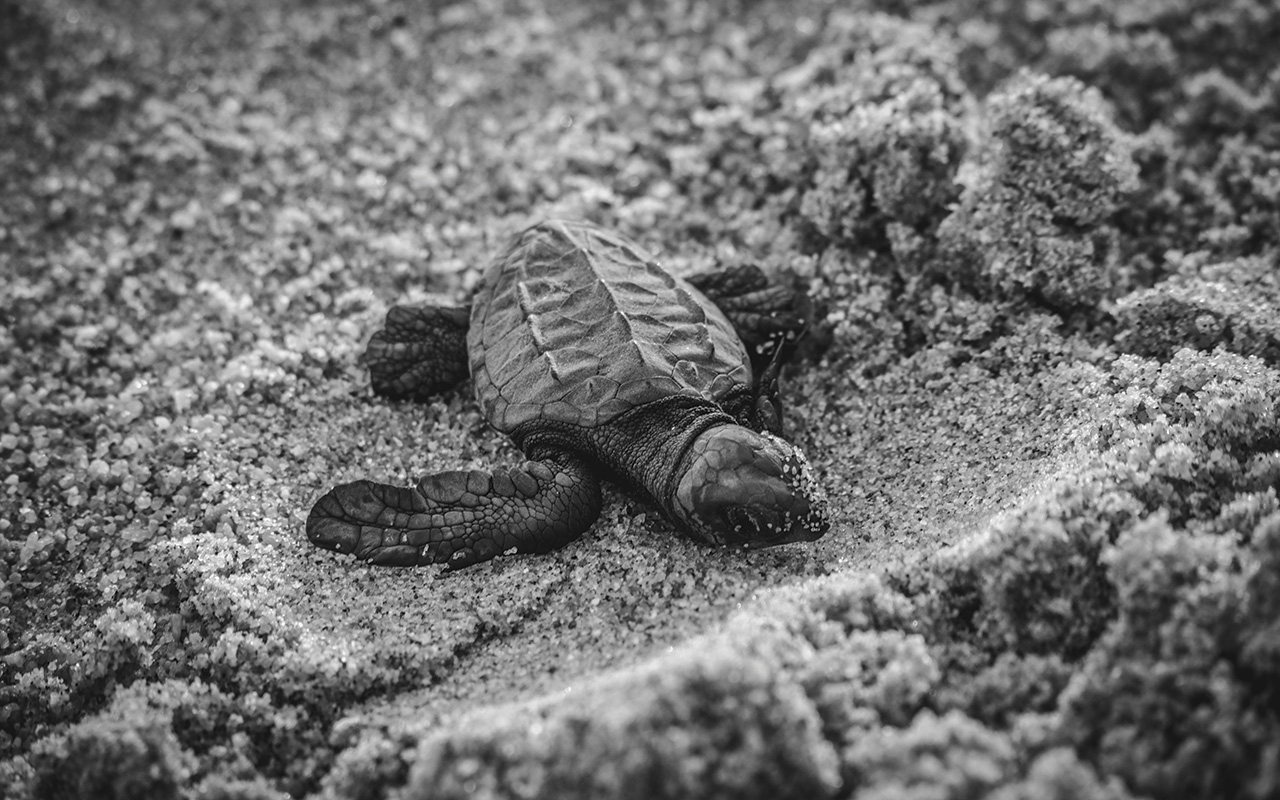
Help Save Sea Turtles
Okay, back to the turtles.
Four species of sea turtle nest on the beaches in Costa Rica: greens, leatherbacks, hawksbills and olive ridleys. Almost all sea turtle species are classified as endangered, and conservation projects often focus on protecting the nests, which are vulnerable to predators, poachers, and a mess of other threats including climate change. Since sea turtles are endangered and protected, it’s not every day that you’ll have a chance to work up close and personal with these big, beautiful, living dinosaurs (not a Jurassic Park reference). But if you plan to visit Costa Rica and saving sea turtles is on your to-do list (right next to brush your teeth, call mom, and stop climate change—casual), then volunteering with Sea Turtle Conservancy is right up your alley.
The Sea Turtle Conservancy’s Green Turtle Eco-Volunteer Program is an incredible opportunity to work alongside sea turtle biologists in the field doing things like taking measurements of nesting female turtles as they lay their eggs, and excavating sea turtle nests. “We need volunteers here at Tortuguero because there’s just so much work to do. There’s a lot of turtles and a lot of ground to cover,” says Godfrey. The busiest turtle nesting season ever recorded at the park saw over 180,000 sea turtle nests.
The trips typically last a week, include things like lodging, meals and training, and are a great way to meet like-minded people during your travels.
If you can’t commit to a week-long volunteer program, that’s okay—you can still visit Tortuguero and see turtles responsibly.
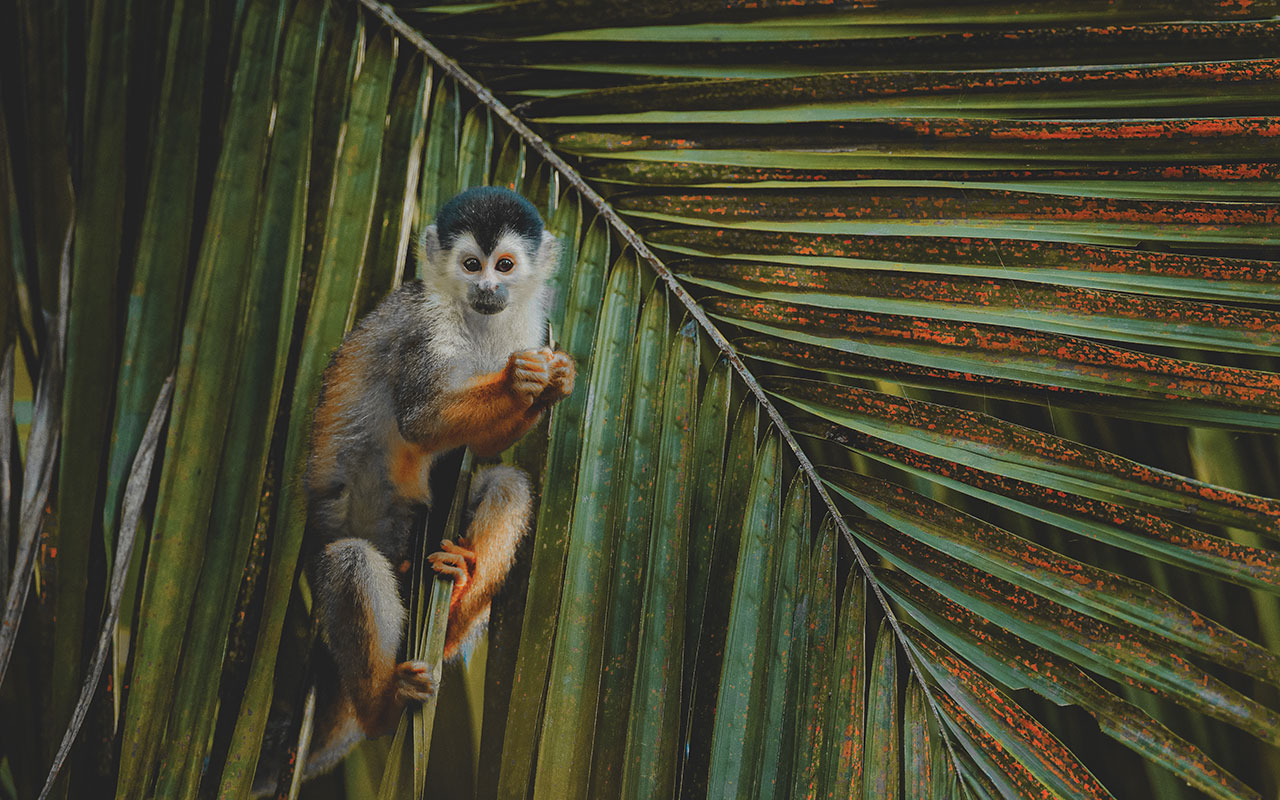
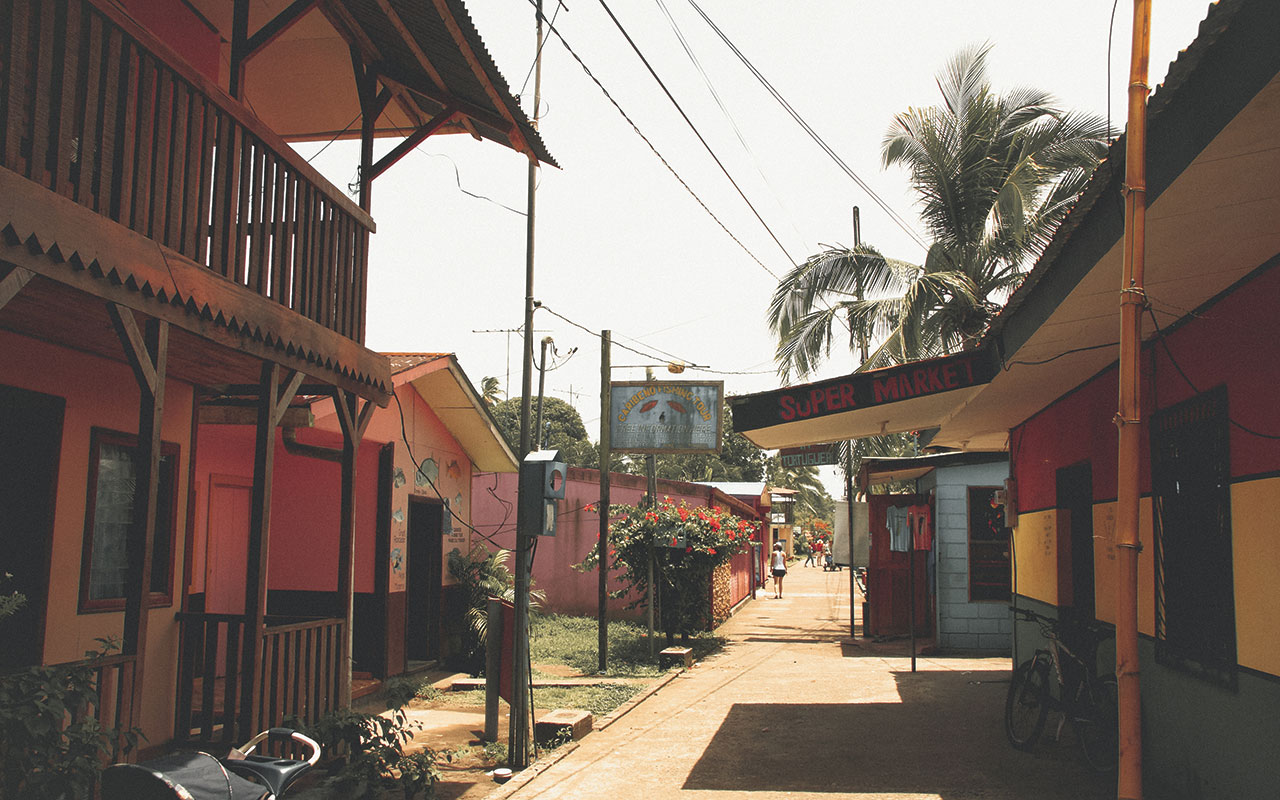
About Tortuguero National Park
Tortuguero National Park is a chain of marshy islands that were formed long ago from volcanic processes. Sand piled up over time to create the 22 miles of beautiful black sand beaches that the sea turtles rely on today for nesting. There’s lodging available in Tortuguero village, where you can also find restaurants and tour operators. Visitors are not allowed on the beach after 6 p.m., and since most sea turtle nesting takes place overnight, you’ll need to book with a local tour guide to walk the beaches and spot nesting turtles. The best way to explore the rest of Tortuguero National Park is by boat. Behind the beaches lies a network of freshwater creeks and lagoons where you can see caimans, river otters, spider and howler monkeys, and a variety of birds.
Some Ecotourism Tips
- Remember, ecotourism is responsible travel, so you don’t have to be out there on the ground saving wildlife to be a good ecotourist. There are lots of other ways to give back to the environment and communities in the places you visit.
- Book your stay at a locally owned eco-friendly accommodation.
- Eat cuisine that is sourced locally.
- Register for adventure tours that are operated by locals.Book guided nature tours with park rangers to explore parks and nature preserves.
- Keep your hands off wildlife and plants.
- Take only photos, leave only footprints.
- Be mindful of your waste.
- Carry out what you carry into natural areas.

